Gamma Sensory Stimulation (GSS)
Gamma Sensory Stimulation Defined
(GSS)
What Is Gamma Sensory Stimulation?
GSS is an experimental therapeutic technique that provides rhythmic sensory inputs that can influence neural activity, promoting synchronization of neural circuits at gamma frequencies. This synchronization is thought to enhance communication between different brain regions and improve cognitive functions such as attention, memory, and perception.
What Does GSS Treat?
GSS is under investigation for its potential to treat various neurological and psychiatric conditions.
Potential Applications:
Alzheimer’s Disease: Research has shown that gamma sensory stimulation may help reduce amyloid plaques and tau pathology in the brain, potentially slowing down or reversing cognitive decline in Alzheimer’s patients.
Cognitive Enhancement: GSS has been explored as a method to improve attention, memory, and learning in both healthy individuals and those with cognitive impairments.
Mental Health: There is ongoing research into the use of GSS for conditions like depression and anxiety, as gamma oscillations are implicated in mood regulation and emotional processing.
GSS Mechanism of Action
GSS uses sensory stimuli, such as light, sound, or tactile inputs, delivered in the gamma range, typically ~40 Hz. This type of stimulation is designed to entrain or synchronize brain oscillations at those frequencies, which are associated with cognitive processing. It can be delivered through various methods, such as:
Visual Stimulation: Using flashing lights or visual patterns delivered at gamma frequencies.
Auditory Stimulation: Using rhythmic sounds or music with gamma frequency modulation.
Somatosensory / Tactile Stimulation: Using vibratory devices to deliver rhythmic tactile inputs.
Multisensory Stimulation: Using combined light + sound + vibrations, which enhances network synchronization.
Is GSS FDA Approved?
GSS is still under investigation for its efficacy and safety as a treatment for neurological or cognitive disorders, and has not yet received FDA approval. One company, Cognito Theraputics, has received Breakthrough Device Designation from the FDA. This is not the same as FDA approval, but it does expedite the review process.
Can GSS Treat Alzheimer’s?
Because gamma oscillations (brain-wave rhythms linked to memory) are often reduced or desynchronized in Alzheimer’s patients, GSS is being explored as a method of entraining those brain-waves. Evidence in human trials is promising, but trials are still ongoing.
-
Entrainment is often seen first in the modality-specific cortex, meaning the part of the brain associated with the visual, audio, or tactile stimulation being used. Combined visual and audio stimulations also begin showing positive effects in areas affected by Alzheimer’s, including:
The hippocampus, a pivotal memory-related region
The entorhinal cortex, which connects to the hippocampus and is one of the first regions affected by Alzheimer’s
The corpus callosum, which is the white-matter tract connecting hemispheres.
-
Research has shown that gamma sensory stimulation may help reduce amyloid plaques and tau pathology in the brain, potentially slowing down or reversing cognitive decline in Alzheimer’s patients.
-
GSS devices are in ongoing clinical trials for mild-moderate Alzheimer’s disease. Animal models and early human trials have provided promising results, but the exact mechanics and extent of its effects is still under investigation.
How does GSS compare to TEMT-RF?
Gamma Sensory Stimulation (GSS) and Transcranial Electromagnetic Treatment with Radio Frequencies (TEMT-RF) are both innovative approaches aimed at modulating brain activity for therapeutic purposes, particularly in the context of neurodegenerative diseases like Alzheimer’s. However, they operate through different mechanisms and have distinct characteristics, making them complementary rather than directly competitive.
TEMT-RF uses ultra-high frequency radio waves to modulate brain function and cellular activity delivered through a non-invasive wearable headset.
Gamma Sensory Stimulation (GSS) uses sensory stimuli at gamma-range frequency to entrain brain oscillations delivered through wearable or handheld devices.
Learn more about Gamma Sensory Stimulation
Gamma Sensory Stimulation Research
Alzheimer’s Research
High Frequency Light and Sound Stimulation to Improve Brain Functions in Alzheimer's Disease
Daily Light and Sound Stimulation to Improve Brain Functions in Alzheimer's Disease
A Pivotal Study of Sensory Stimulation in Alzheimer's Disease (Hope Study, CA-0011) (Hope)
Multi-Center Study of Sensory Stimulation to Improve Brain Function (Overture)
Gamma sensory stimulation in mild Alzheimer's dementia: An open‐label extension study
Other Research
Visual gamma oscillations predict sensory sensitivity in females as they do in males
External links are provided for reference only and do not imply affiliation, endorsement, or recommendation by NeuroEM Therapeutics. NeuroEM is not responsible for the content, accuracy, or claims made on external sites. All trademarks and copyrights are the property of their respective owners.

